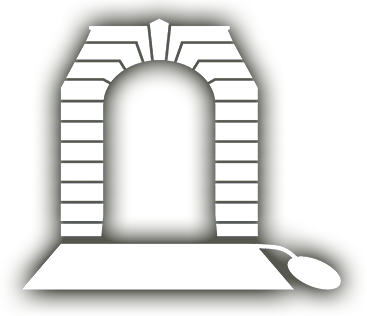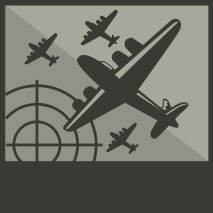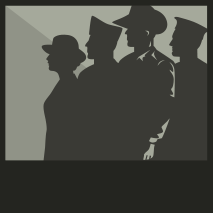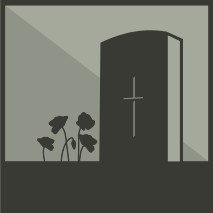
CAMPBELL, Reginald Thomas
| Service Number: | 2889 |
|---|---|
| Enlisted: | Not yet discovered |
| Last Rank: | Private |
| Last Unit: | 59th Infantry Battalion |
| Born: | Not yet discovered |
| Home Town: | Goulburn, Goulburn Mulwaree, New South Wales |
| Schooling: | Not yet discovered |
| Occupation: | Not yet discovered |
| Died: | Killed in Action, France, 2 September 1918, age not yet discovered |
| Cemetery: |
Peronne Communal Cemetery Extension Peronne Communal Cemetery Extension, Peronne, Picardie, France |
| Memorials: | Australian War Memorial Roll of Honour, Goulburn District Railway Employees Great War Honour Roll, Haymarket NSW Government Railway and Tramway Honour Board |
World War 1 Service
| 3 Nov 1916: | Involvement Private, 2889, 59th Infantry Battalion, --- :embarkation_roll: roll_number: '20' embarkation_place: Sydney embarkation_ship: HMAT Afric embarkation_ship_number: A19 public_note: '' | |
|---|---|---|
| 3 Nov 1916: | Embarked Private, 2889, 59th Infantry Battalion, HMAT Afric, Sydney |
Great Sydney Central Station Honour Board
Reginald Thomas CAMPBELL, (Service Number 2889) was born on 9 November 1888 at Goulburn. On his Attestation Papers he gave his calling as ‘Surveyor’s Chainman’ and it was in this capacity that he was employed in the Per-Way Branch of the Southern Division of the NSW Railways from 24 May 1915. He was granted leave to join the Expeditionary Forces on 11 September 1916.
He left Australia through Sydney aboard HMAT ‘Afric’ on 3 November1916 and reached Plymouth on 9 January 1917. Soon after arrival he was hospitalised with mumps and after recovery he proceeded overseas to France and was taken on the strength of the 59th Battalion on 2 April 1917. In May he was admitted to hospital with a shrapnel wound to his hand but re-joined his unit three weeks later. He continued fighting for the rest of 1917 and was sent for further training in February 1918 and was given furlough in London at the end of the month. He was hospitalised with VD during the furlough, then with the consequent debility and in June, Influenza. It was not until August that he was fit to return to France where he was killed in action on 2 September 1918.
He was buried in an isolated group of graves in line with a railway bank ½ mile N of Péronne. After the war, in the rationalisation of graves, his remains were exhumed and re-interred in the Péronne Communal Cemetery Extension.
Submitted 18 May 2023 by John Oakes







